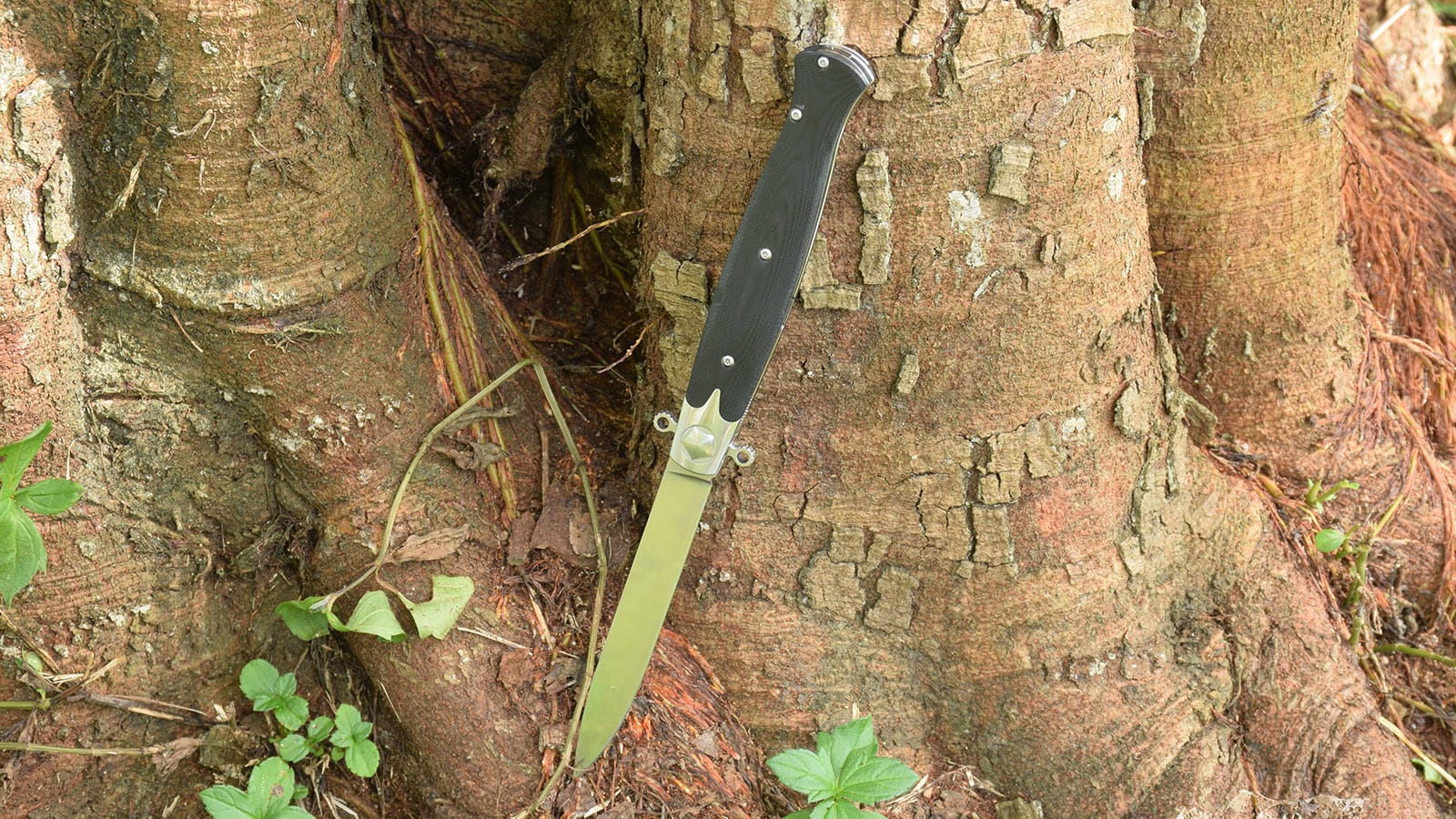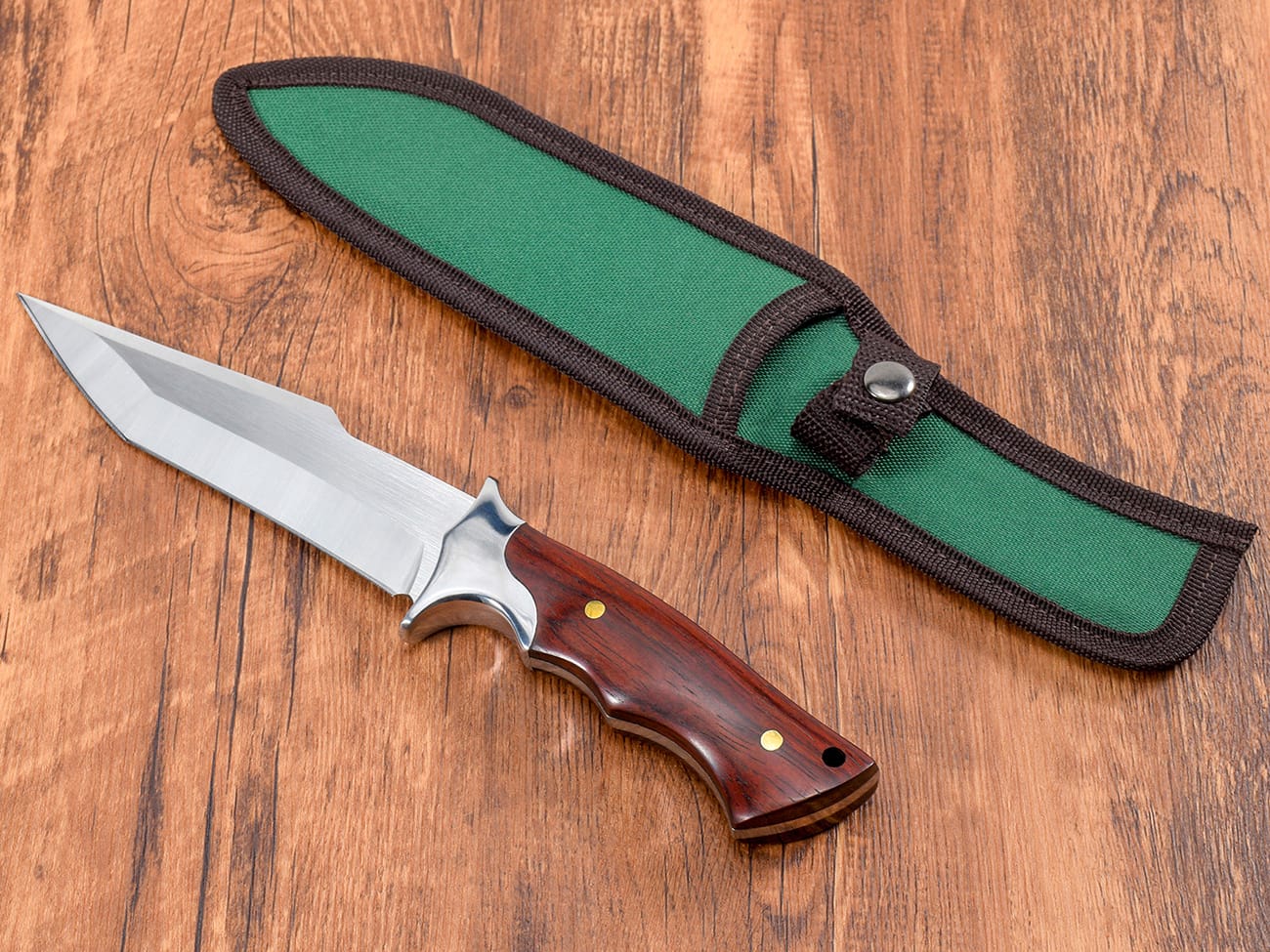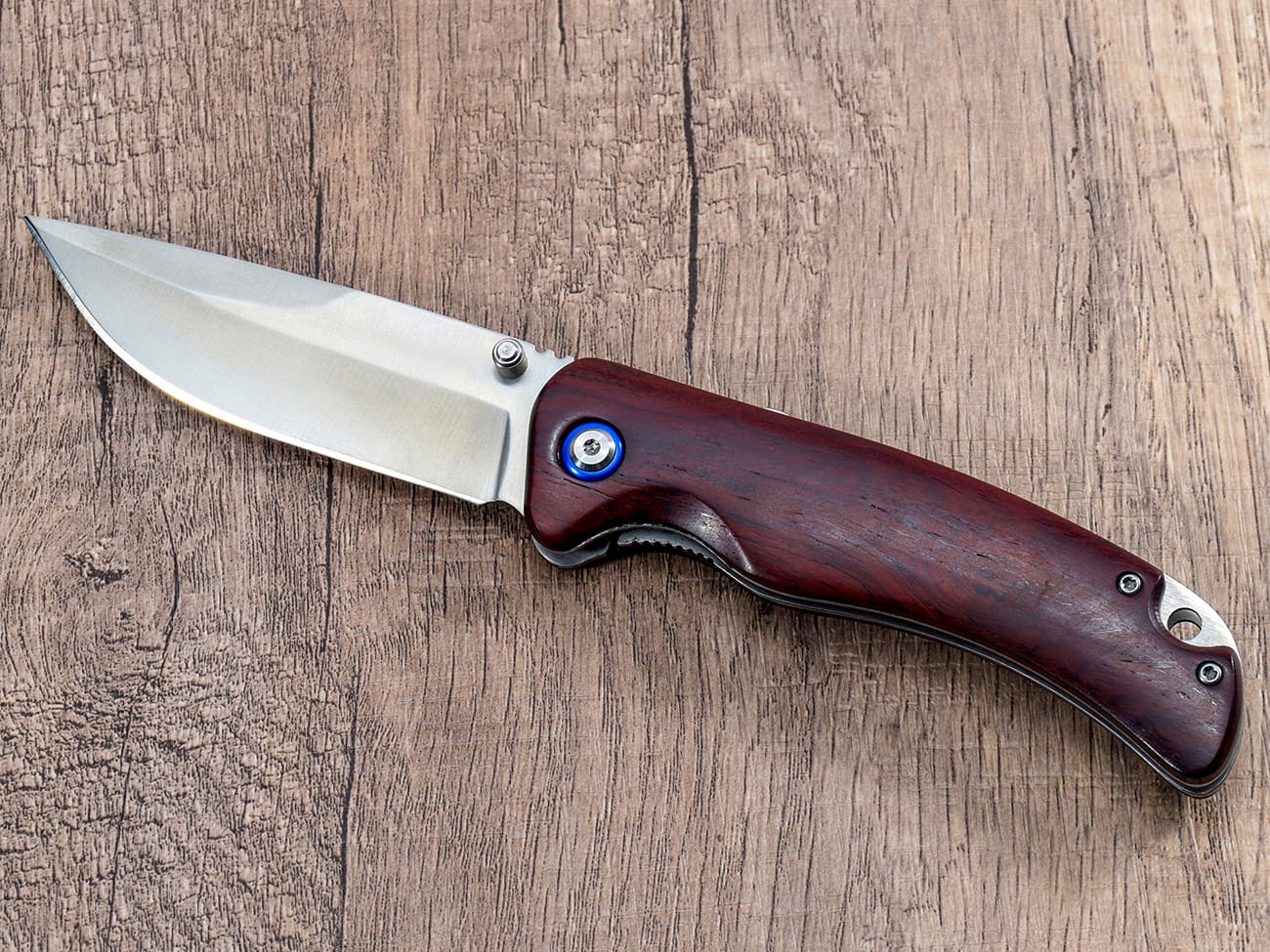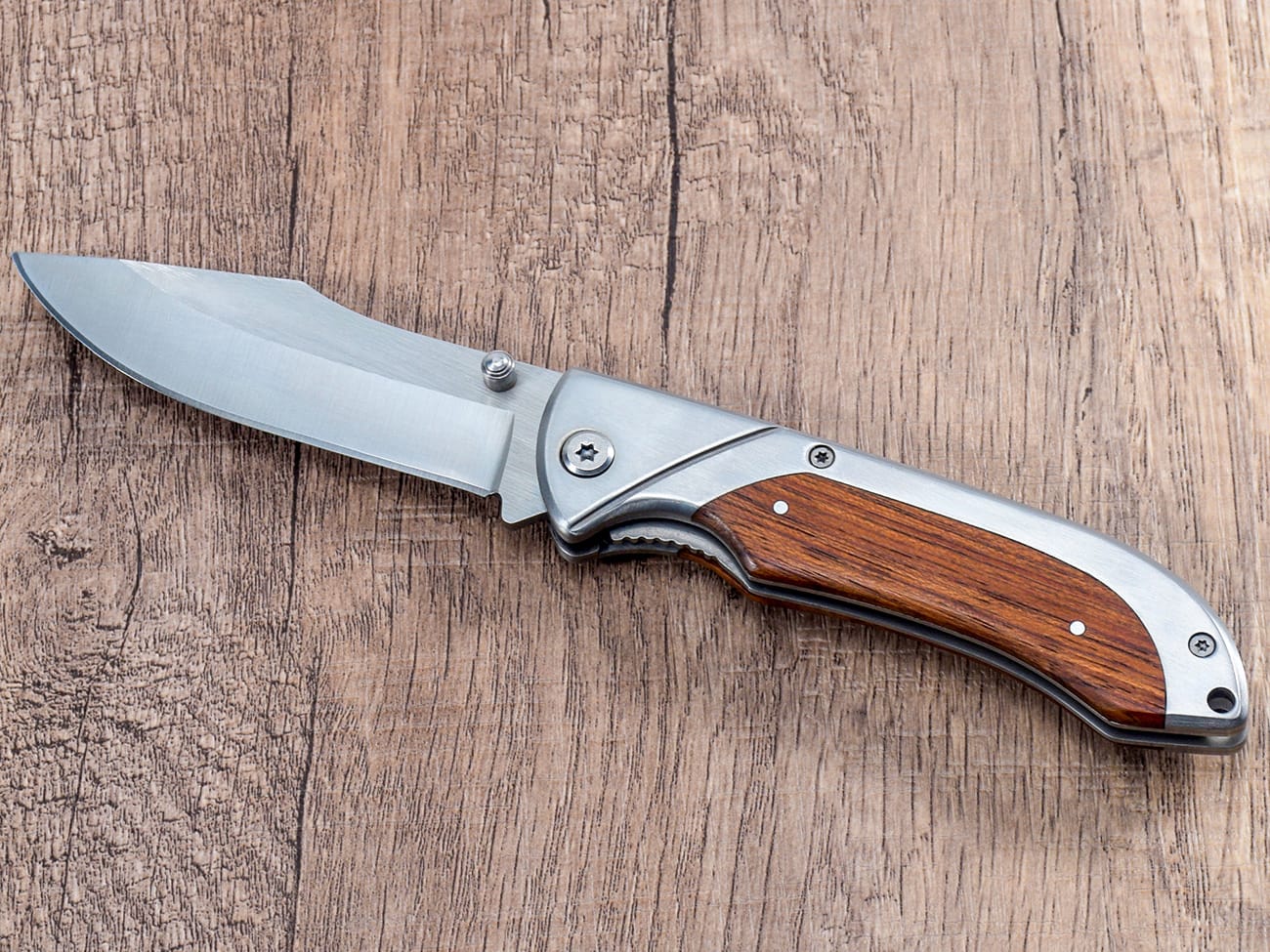When it comes to personal protection, a folding knife can be a reliable and effective tool. Compact, versatile, and easy to carry, folding knives are increasingly popular for self-defense. However, deploying a folding knife in a self-defense scenario requires skill, preparation, and the right mindset. This article will guide you through the essentials of using a folding knife for self-defense, covering everything from choosing the right knife to mastering deployment techniques. Whether you’re new to self-defense or looking to refine your skills, this guide is worth reading to ensure you’re prepared for any situation.
Table of Contents
1. Why Choose a Folding Knife for Self-Defense?
Folding knives are a popular choice for self-defense due to their compact size and ease of carry. Unlike a fixed blade, a folding knife can be discreetly carried in a pocket or clipped to clothing, making it ideal for everyday carry (EDC). Additionally, modern folding knives are designed with robust locking mechanisms and ergonomic handles, ensuring they are both safe and effective in high-stress situations.
Advantages of Folding Knives:
- Portability: Folding knives are lighter and easier to carry than fixed-blade knives.
- Concealability: Their compact design allows for discreet concealed carry.
- Versatility: Folding knives can be used for both self-defense and everyday tasks.
Pro Tip: Always choose a folding knife with a reliable locking mechanism, such as a liner lock or frame lock, to ensure safety during use.
2. What Features Make a Folding Knife Ideal for Self-Defense?
Not all folding knives are suitable for self-defense. When selecting a self-defense knife, consider the following features:
Key Features:
- Blade Design: A sharp, durable blade with a pointed tip is essential for effective slashing and thrusting. Popular blade shapes include drop point, tanto, and spear point.
- Opening Mechanism: Look for a knife with a quick and reliable opening mechanism, such as a thumb stud, flipper, or wave feature.
- Handle Design: The handle should provide a secure grip to prevent slipping during use. Materials like G10, micarta, and titanium are excellent choices.
| Feature | Importance for Self-Defense |
| Blade Length | 3-4 inches is ideal for balance between portability and reach. |
| Locking Mechanism | Prevents the blade from accidentally closing during use. |
| Deployment Speed | A fast-opening mechanism ensures the knife is ready when needed. |
Note: Brands like Spyderco and Emerson Knives are known for producing high-quality self-defense knives.
3. How to Carry a Folding Knife for Quick Deployment?
Proper carry is crucial for quick and reliable deployment of your folding knife in a self-defense scenario. The way you carry your knife can significantly impact your reaction time and effectiveness.
Carry Positions:
- Pocket Clip: Most folding knives come with a pocket clip for secure and accessible carry. Position the clip for tip-up or tip-down carry based on your preference.
- Inside the Waistband (IWB): For concealed carry, an IWB position keeps the knife discreet yet accessible.
- Off-Body Carry: In a bag or pouch, though less ideal for quick access.
Pro Tip: Practice drawing your knife from its carry position to ensure smooth and consistent deployment.
4. What Are the Best Opening Mechanisms for Self-Defense?
The opening mechanism of a folding knife plays a critical role in its effectiveness for self-defense. A knife that can be opened quickly and reliably is essential in high-pressure situations.
Common Opening Mechanisms:
- Thumb Stud: A small protrusion on the blade that allows for one-handed opening.
- Flipper: A tab on the back of the blade that can be pulled to deploy the knife.
- Wave Feature: A hook on the blade that catches on the pocket edge, opening the knife as it is drawn.
Did You Know? The wave feature, popularized by Emerson Knives, is one of the fastest deployment methods available.
5. How to Deploy a Folding Knife in a Self-Defense Scenario?
Deploying a folding knife in a self-defense scenario requires practice and precision. The goal is to open the blade quickly and assume a defensive stance.
Steps for Deployment:
- Grip the Knife: Secure a firm grip on the knife handle while keeping your index finger near the opening mechanism.
- Open the Blade: Use the thumb stud, flipper, or wave feature to deploy the blade. Ensure the blade locks into the open position.
- Assume a Defensive Stance: Hold the knife in a reverse grip or standard grip, depending on the situation.
Tip: Practice deploying your knife under stress to simulate real-world conditions.
6. What Are the Best Grips for Using a Knife in Self-Defense?
The way you hold your knife can significantly impact its effectiveness in a self-defense situation. A secure grip ensures control and prevents the knife from slipping during use.
Common Grips:
- Standard Grip: The blade extends from the top of your fist, ideal for slashing and thrusting.
- Reverse Grip: The blade extends from the bottom of your fist, providing more power for downward strikes.
Pro Tip: Experiment with different grips to find the one that feels most natural and secure for you.
7. How to Use a Folding Knife for Self-Defense?
Using a folding knife for self-defense involves more than just slashing or stabbing. It requires strategy, awareness, and precision.
Techniques:
- Slash and Thrust: Aim for vulnerable areas like the arms, legs, or torso to incapacitate the attacker.
- Defensive Movements: Use the knife to create distance and protect yourself from harm.
- Control the Situation: Focus on escaping the threat rather than engaging in a prolonged knife fight.
Reminder: A folding knife is a tool for personal protection, not aggression. Use it responsibly and only in situations where your safety is at risk.
8. What Are the Legal Considerations for Carrying a Folding Knife?
Before carrying a folding knife for self-defense, it’s essential to understand the laws in your area. Knife laws vary by country, state, and even city.
Key Legal Factors:
- Blade Length: Many jurisdictions have restrictions on blade length for concealed carry.
- Type of Knife: Some areas prohibit certain types of knives, such as switchblades or butterfly knives.
- Intent: Carrying a knife for self-defense may be viewed differently than carrying it for utility purposes.
Tip: Research local laws to ensure you’re compliant and avoid legal issues.
9. How to Train for Effective Knife Deployment?
Training is essential for mastering the use of a folding knife in self-defense. Regular practice improves your motor skills and ensures you’re prepared for high-stress situations.
Training Tips:
- Practice Deployment: Repeatedly practice opening your knife from its carry position.
- Simulate Real Scenarios: Train with a partner or use a dummy to simulate attacks.
- Learn from Experts: Consider taking classes in Filipino martial arts or other knife-based self-defense systems.
Pro Tip: Use a training knife to practice safely and build confidence.
10. What Are the Limitations of Folding Knives for Self-Defense?
While folding knives are versatile and convenient, they do have limitations compared to fixed-blade knives.
Limitations:
- Deployment Time: Folding knives require an extra step to open the blade, which can be a disadvantage in high-pressure situations.
- Strength: The pivot point and locking mechanism are potential weak points compared to the solid construction of a fixed blade.
- Legal Restrictions: Folding knives are subject to more legal scrutiny in some areas.
Tip: Weigh the pros and cons of a folding knife versus a fixed blade to determine which is best for your needs.
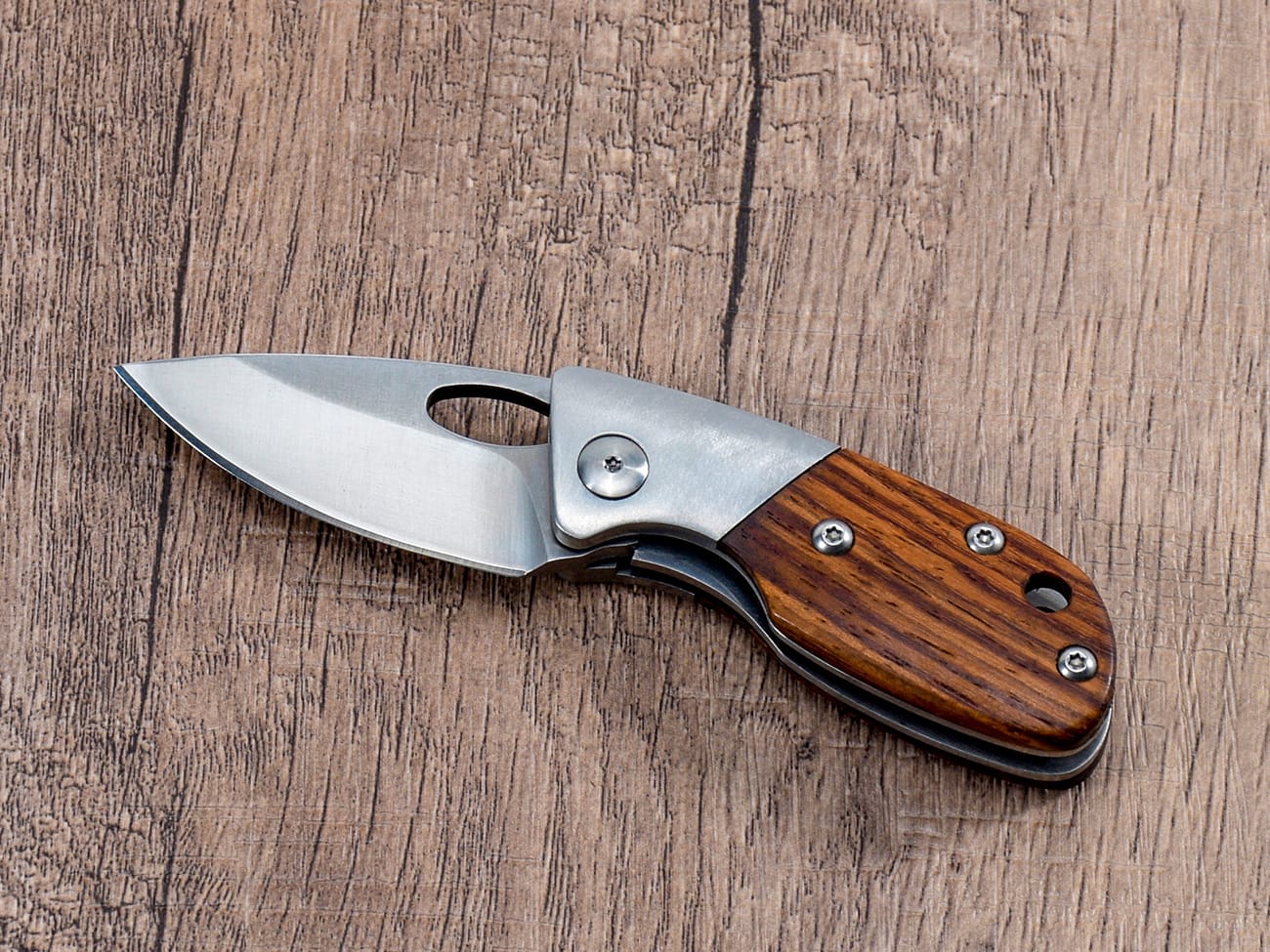
Key Takeaways for Deploying a Folding Knife for Self-Defense
- Choose a folding knife with a reliable locking mechanism and ergonomic handle.
- Practice deploying your knife from its carry position to ensure quick and consistent access.
- Use proper grips and techniques to maximize control and effectiveness.
- Understand the legal considerations for carrying a folding knife in your area.
- Train regularly to build confidence and improve your skills.
For more information on folding knives and self-defense tools, check out Pocket Knives Factory or explore their Folding Knives Collection.

